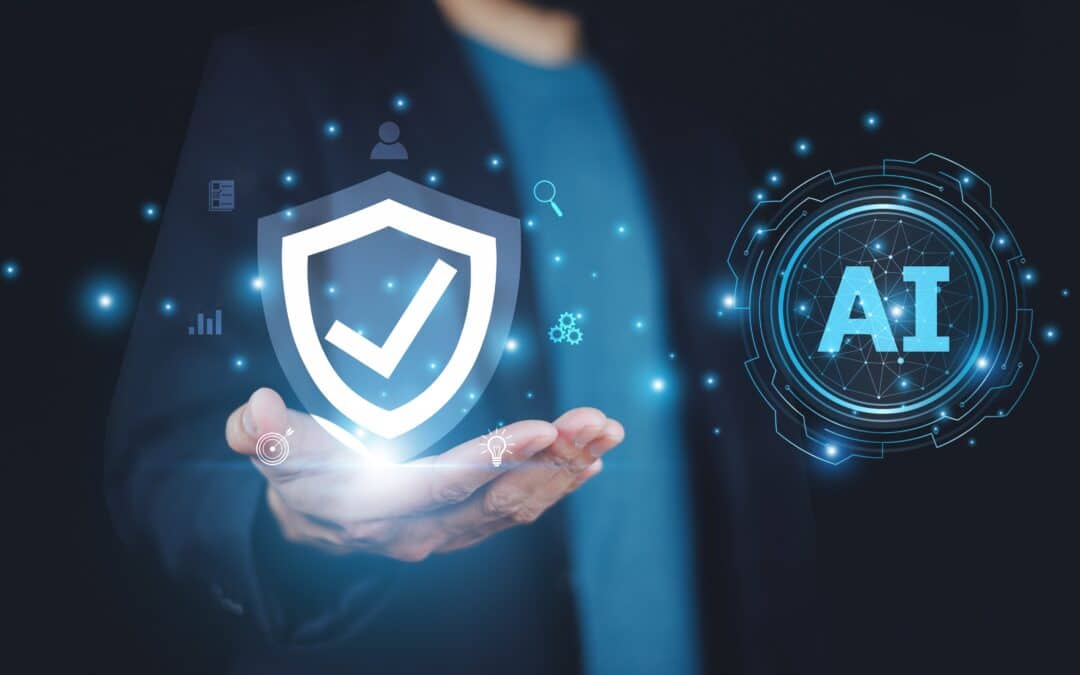Remote work has become increasingly popular over the last several years. But in 2020, the number of remote workers grew exponentially as a result of the coronavirus pandemic.
Even though the lockdowns have ended, many companies have allowed their employees to continue working remotely. According to Gallup, 33% of workers in the U.S. are working remotely all the time and 25% of workers are working remotely at least some of the time.
If you are managing a remote workforce, you may wonder what your team is really doing during work hours. It can be hard to keep tabs on your employees under any circumstances, but it’s especially challenging if your team is working remotely. Fortunately, there is a solution to this problem: employee monitoring software for remote workers.
The Challenges of Managing A Remote Workforce
Remote work offers a number of benefits, but it also presents certain challenges. Employees who are self-motivated and self-disciplined may thrive, but employees who lack these qualities could struggle to adapt to their new work environment.
Employees who are used to working in an office may also struggle to adapt to working in isolation. These factors can have a negative impact on a remote worker’s productivity, job satisfaction, and morale.
It’s important for managers to spot the signs that an employee is struggling so they can get them the help they need to succeed. But the lack of face-to-face interaction makes it hard for managers to determine when an employee is not doing well. To overcome this challenge, managers can rely on employee monitoring software for their remote team.
How Does Employee Monitoring Software Work?
Employee monitoring software is designed to track and record your employees’ digital activities. This software will record various types of digital activities, including:
- Web searches
- Web history
- Emails
- File movement
- Application/program use
- Instant messaging
- Uploads/downloads
- Keylogger
- Use of USB devices
- Social media sites
- Print history
- Network connections
- Screenshots
You can adjust the settings to determine who and what you want to monitor. For example, if you are only interested in seeing how much time your employees spend on social media sites, you can change the settings so the software only records this specific activity.
The software collects a wealth of information, but presents it to you in easy-to-read dashboards and reports. This way, you are not overwhelmed by the amount of data. Instead, you can find the exact metrics that you are looking for in a matter of minutes.
For example, the team productivity report allows you to evaluate the productivity of each member of your team. This report will tell you each employee’s productive time, non-productive time, and idle time, so you can see who is working hard and who is hardly working.
To see more detailed information, click on an employee’s name to learn about how they are spending their time at work.
What Are the Benefits of Using Employee Monitoring Software For Remote Workers?
There are a number of benefits to using employee monitoring software to keep tabs on your remote workers, including:
- Improved Productivity
- Training Opportunities
- Insider Threat Detection
- Identify Disengaged Employees
Improved Productivity
Employee monitoring software can provide valuable insight into what tools are the most effective, what times of day your team is most productive, and what tasks each member of your team excels at.
By analyzing this information, managers can make smarter business decisions that will improve the overall productivity of their team.
This software will also help you identify the strongest members of your team so you can recognize them for their hard work. Recognizing and rewarding employees for their efforts can also improve the entire team’s productivity.
Training Opportunities
Using employee monitoring software can also help you identify potential training opportunities for your employees.
For example, the data collected by the software may reveal that a member of your team spends far more time using a specific program or application than everyone else. This may indicate that this team member is struggling with a specific job task and in need of additional training.
Getting this team member additional training could help them complete this task faster and increase their overall productivity and job satisfaction.
Insider Threat Detection
Insiders are the source of about 60% of all data breaches. The only way to ensure your company does not fall victim to this type of data breach is to detect insider threats before they attack.
Employee monitoring software will analyze your employees’ digital activity to look for suspicious behavior. If suspicious behavior is detected, you will immediately be notified.
For example, say a certain employee never accesses a file containing sensitive client information. But one day, this employee not only accesses the file, but downloads its contents onto a USB device. The software would flag this as suspicious behavior since it falls outside of the employee’s normal digital activity.
You would immediately receive a notification of this activity. In addition, the software would send you screenshots of the employee’s activity. This gives you the chance to review the activity and determine whether or not the employee is a threat.
Detecting these threats gives you the opportunity to take action before your company’s sensitive data is breached.
Identify Disengaged Employees
Some employees struggle with working remotely. Over time, these employees may start to become disengaged. But it can be hard to spot the signs of disengagement when you are managing a team from afar. Now, managers can use employee monitoring software to avoid this problem.
Monitoring your remote workers can help you identify disengaged employees. For example, the software may show that a certain employee is logging in later and later, taking more frequent breaks, recording an increasing amount of “idle” time, and spending far too much time on non-work-related activities.
These are all signs of a disengaged employee. If you see these signs, you can provide the coaching and mentoring that your employee needs to get back on track.
How Can You Set Up Remote Employee Monitoring?
You won’t need physical access to your employees’ devices in order to install employee monitoring software. This makes setting up this software easy even if your team works remotely.
Veriato is a cloud-based employee monitoring software that can be deployed remotely to your employees’ devices. Furthermore, you have the option of deploying it in “stealth,” which means your employees will not even know that it has been installed on their devices. This allows you to begin monitoring and recording their activity without their knowledge.
Don’t wait any longer to find out what your remote employees are doing during work hours. Schedule a demo, start your free trial, or take an online test drive of Veriato today.

Insider Risk – How Prepared Are You?
Not every company is equally prepared to deal with insider risk. This report outlines the four stages of insider risk maturity and explores how to improve your insider risk preparedness.




